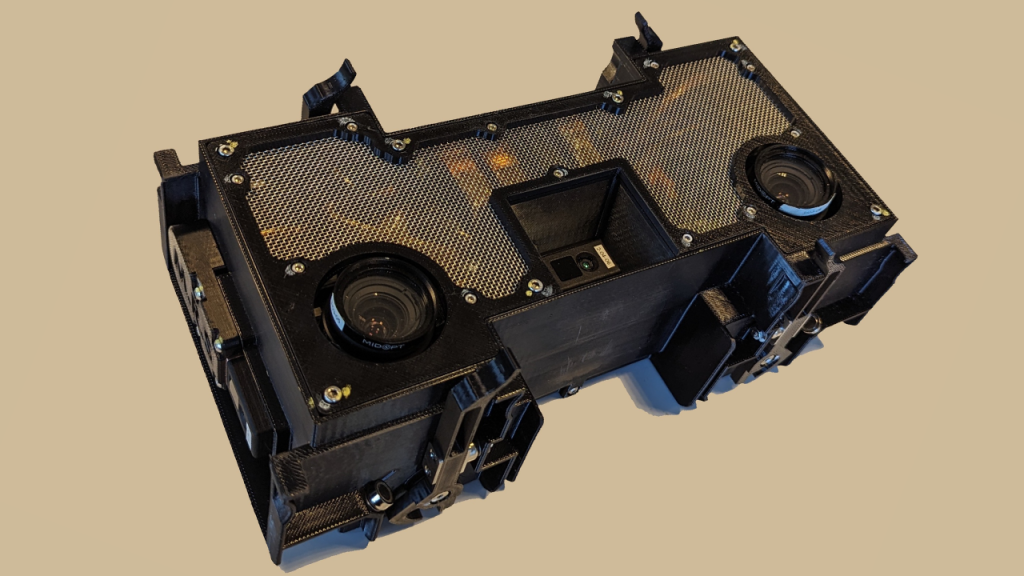Australia’s national science body, the CSIRO has sent a 3D mapping upgrade into space for NASA’s Astrobee space bot, an adorable cubic robot that orbits around the International Space Station (the ISS).
The Astrobee’s job is simple: to float around the ISS and perform tasks. With the CSIRO’s helpful new 3D mapping technology, codeveloped with Boeing, the bot can easily navigate around the station.
The payload was launched to space aboard SpaceX’s 30th Commercial Resupply Services-30 mission, and launched on Friday from Cape Canaveral, Florida.
“The goal for this mission is to demonstrate that our technology can provide enhanced 3D sensing and mapping for robotics systems on spacecraft, which may in future, perform autonomous caretaker operations on spacecraft,” CSIRO Research Group Leader Doctor Marc Elmouttie said.

“The device combines two CSIRO technologies – Stereo-Depth Fusion and Wildcat Simultaneous Localisation and Mapping – to produce high-quality data about the surrounding environment and its own movements through space. It is designed to showcase its potential to conduct full 3D internal scans, to help keep track of the movement of inventory around the station and assist astronauts and mission controllers in planning activities onboard the station.”
The payload is currently being sent to space in a testing capacity. If it passes the test, then it could lead to similar 3D mapping technologies in the space (sorry) for CSIRO.
Exterior hull scanning as part of the upcoming ‘Gateway’ satellite, along with lunar exploration, are on the cards.
“This is really a jumping-off point for us. Once we’ve confirmed this type of payload can do the job, then the sky’s the limit,” Elmouttie added.
Testing for the CSIRO-enhanced Astrobee bot will begin with the Japanese Kibō module once it reaches the ISS.
“We look forward to the results from this project and the impacts it may have on the future of the low Earth economy,” technical director of research and innovation for the ISS National Laboratory Doctor Ryan Reeves said.
Image: NASA


